Analysis of Management Accounting with Strategic Perspective
VerifiedAdded on 2021/06/17
|5
|627
|25
Report
AI Summary
This report provides a comprehensive analysis of management accounting with a strategic perspective. It explores the concept of the cost of capacity, its implications, and the importance of capacity management in business operations. The report examines the impact of investments in manufacturing facilities, highlighting the significance of existing capacity utilization. It defines key terms such as practical and theoretical capacity, and identifies common flaws in capacity measurement. Furthermore, it delves into the concept of bottlenecks in production processes and discusses strategies for managing them. The report also outlines the advantages of capacity planning and its role in monitoring costs during business cycles. Finally, the report includes a list of references that support the analysis presented.
1 out of 5
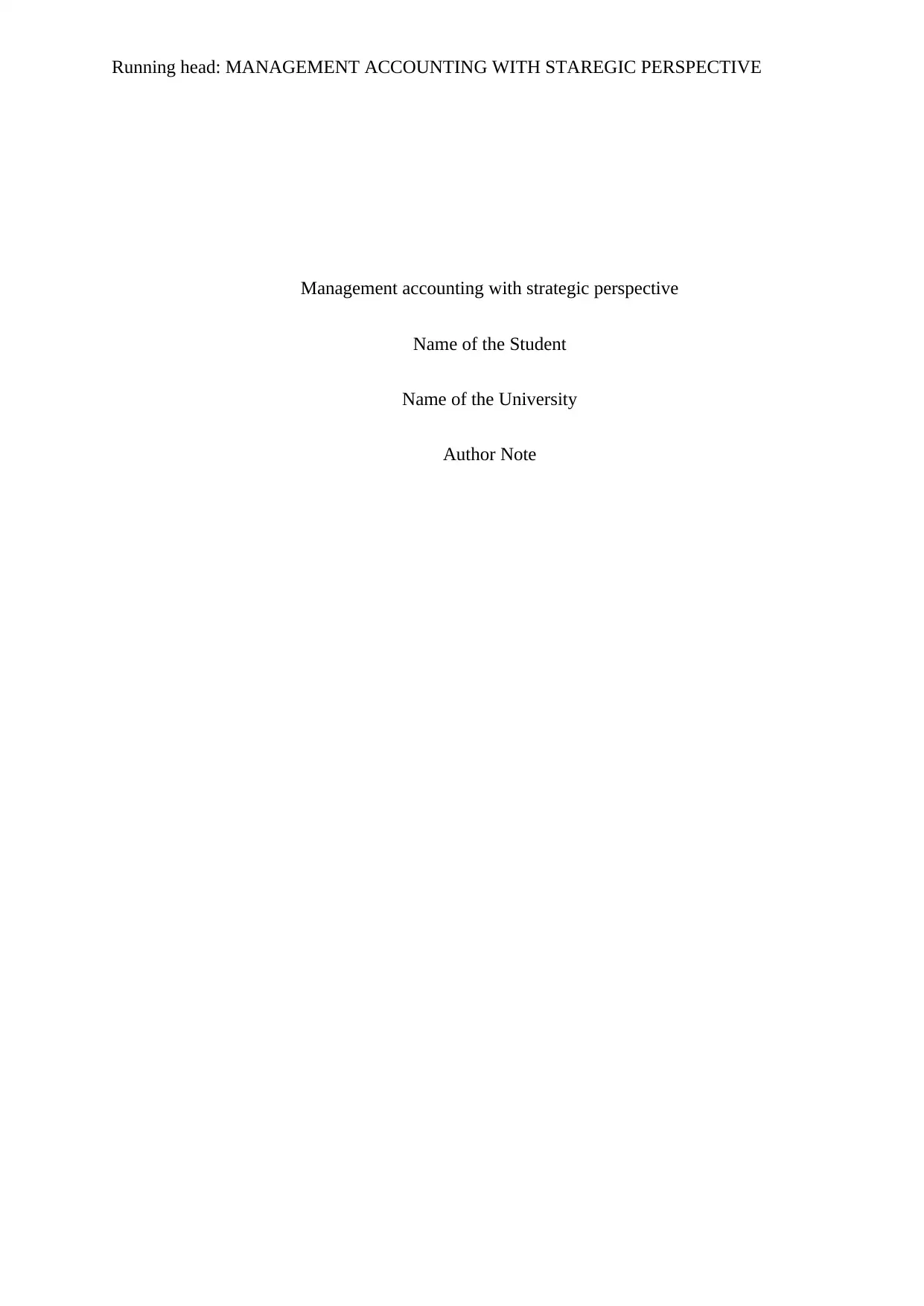
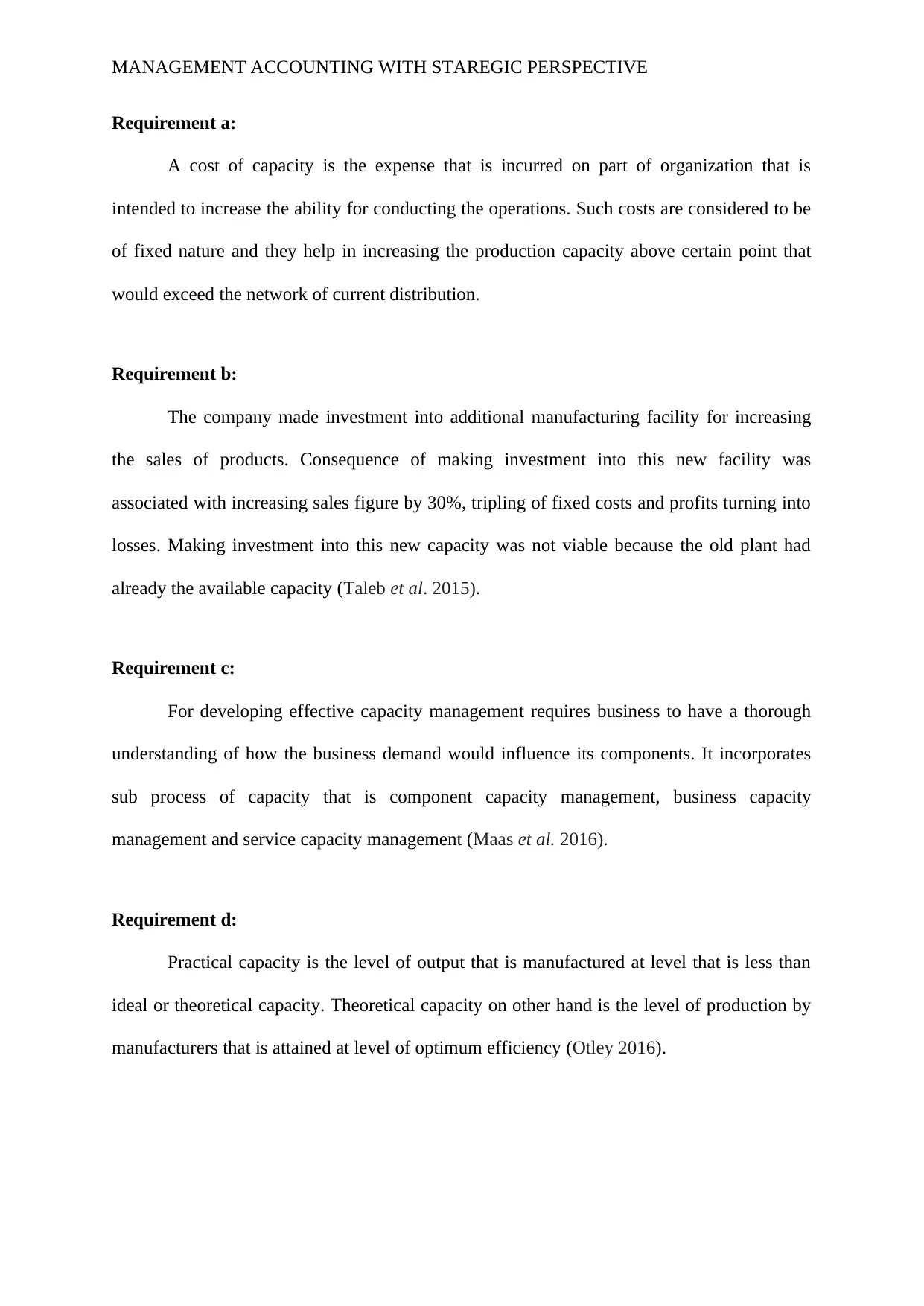
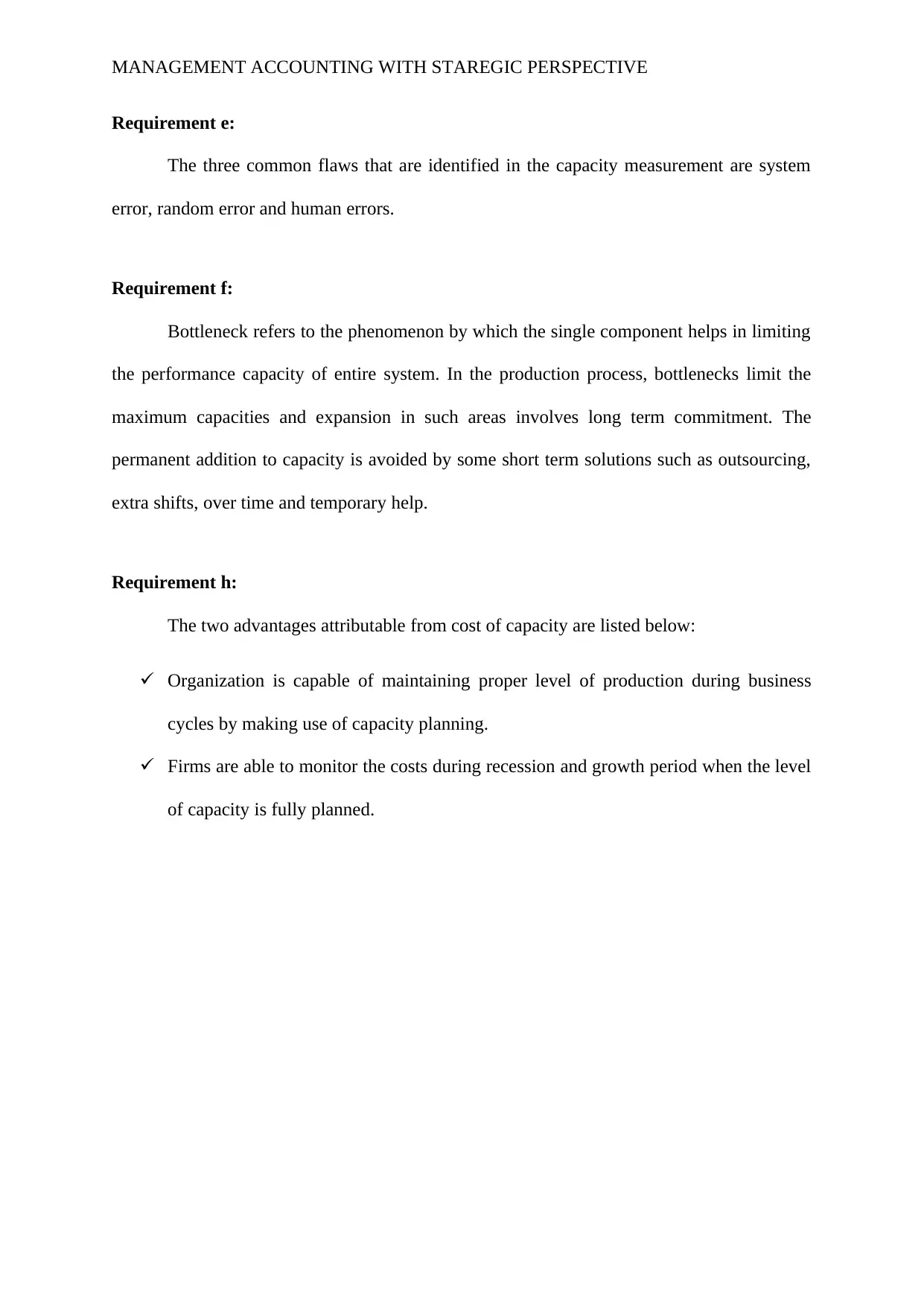

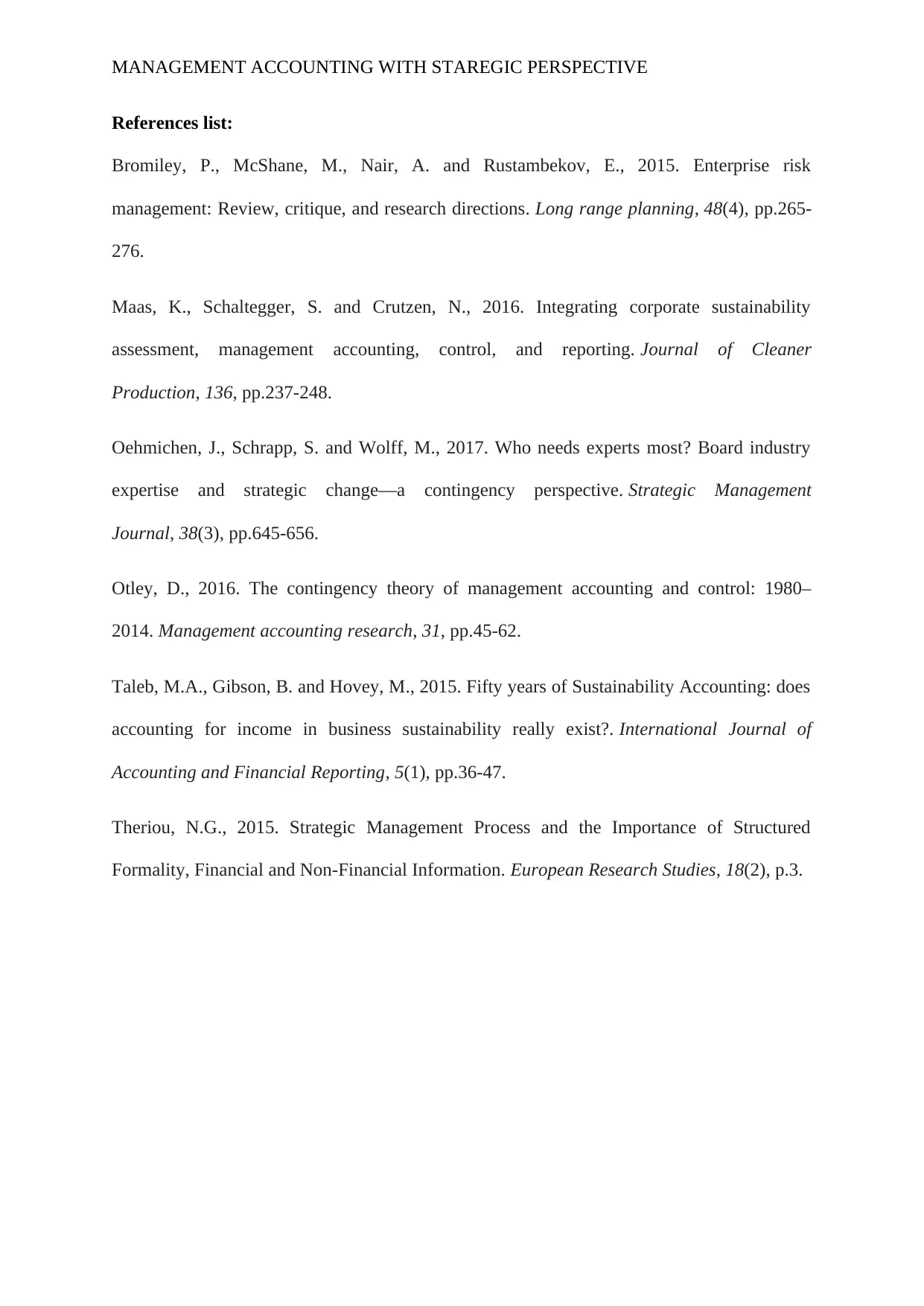
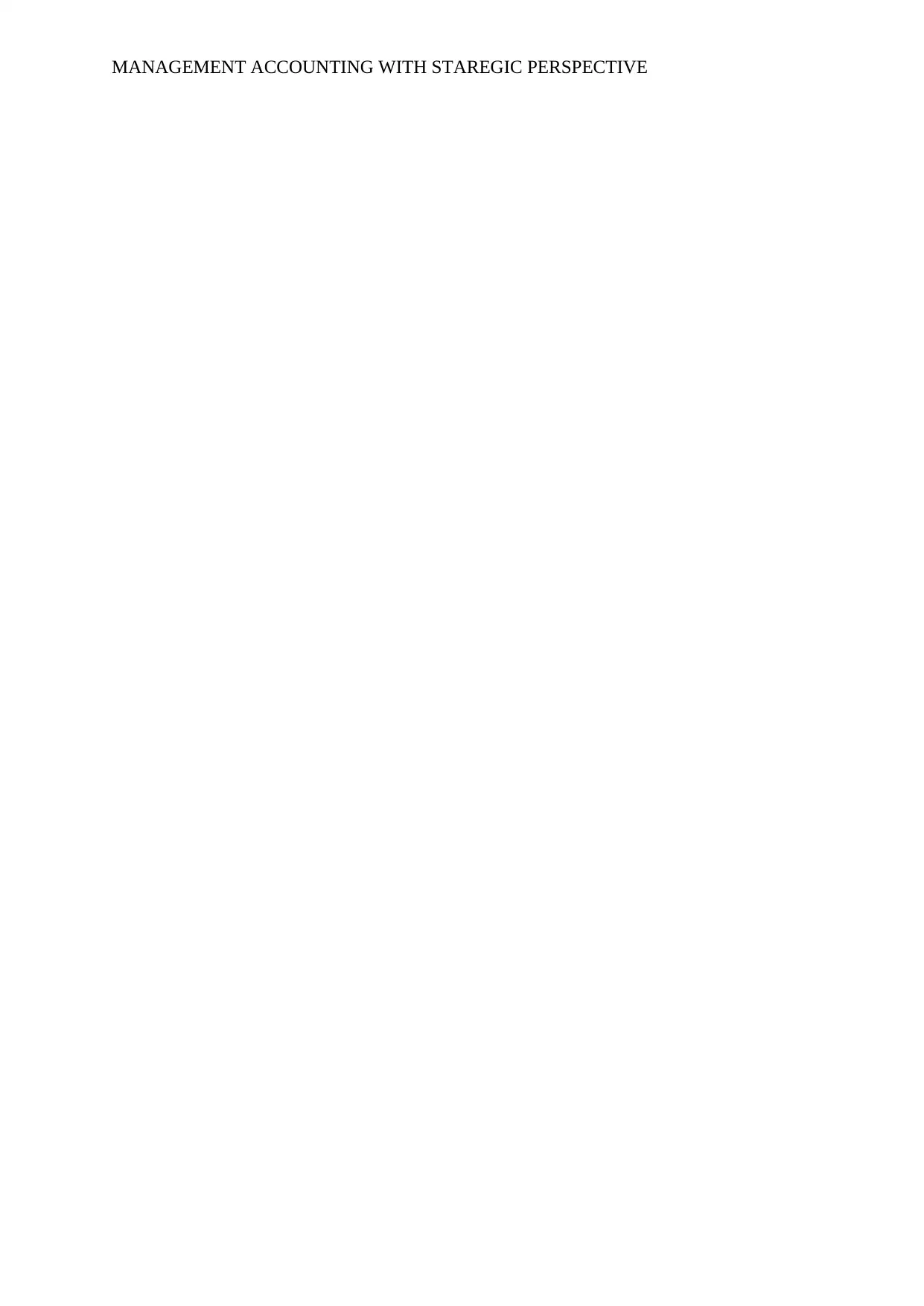






![[object Object]](/_next/static/media/star-bottom.7253800d.svg)